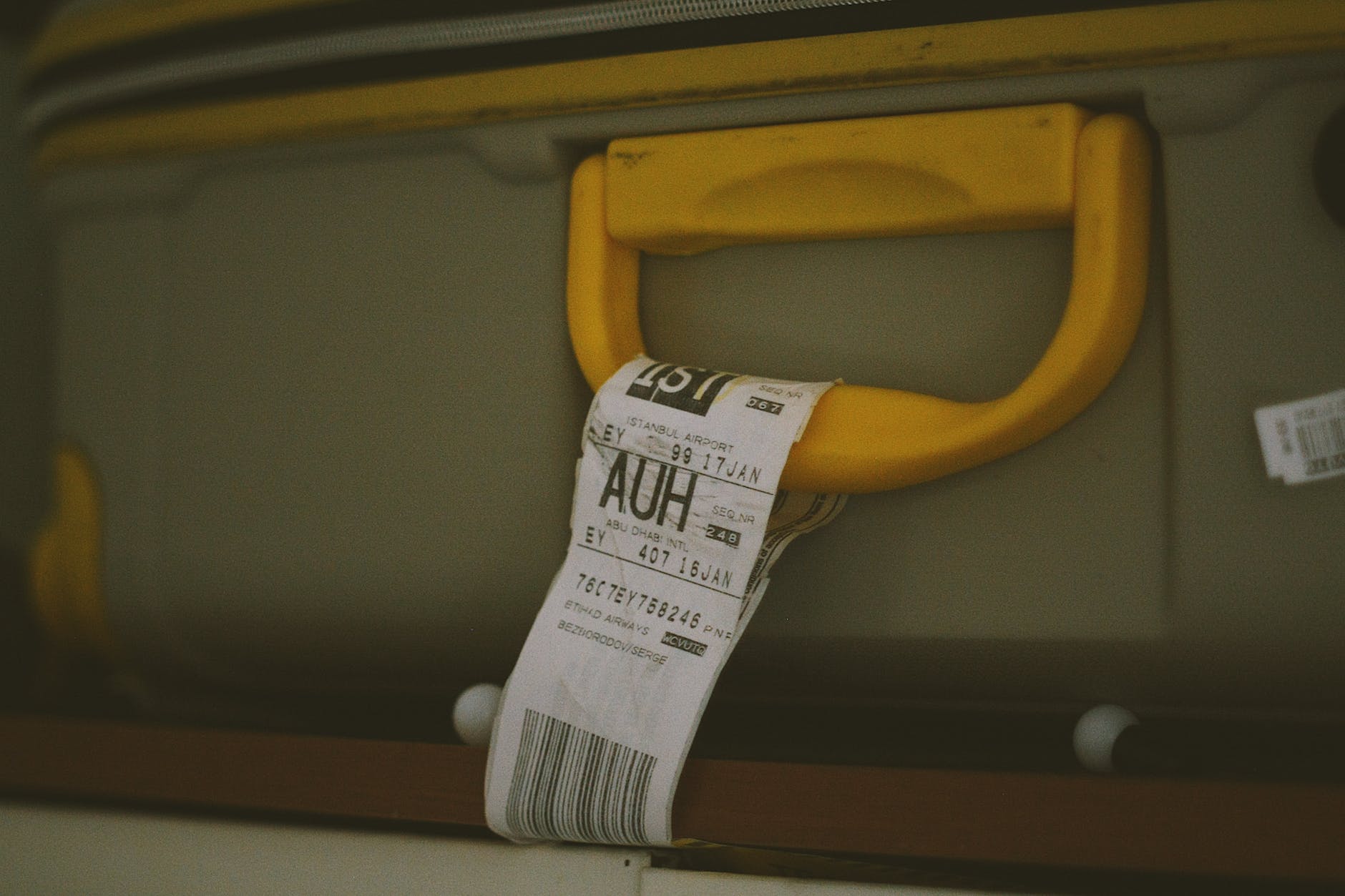
barcode
In today’s growing era of packaged food, ensuring the quality and safety of food products has become a paramount concern globally. Consuming contaminated or adulterated food items can lead to severe health issues, including diseases and allergies. Therefore, it is crucial to implement authentication measures to enhance food safety. One effective tool in this regard is the use of food barcodes, which play a vital role in verifying the authenticity of food products. Using food barcodes contributes significantly to maintaining product authenticity and safeguarding public health.
Let’s see how:
Verifying the Brand of the Food Product
In today’s market, counterfeit or imitation products are a pressing concern. These knockoffs often bear an uncanny resemblance to genuine items, making it difficult to distinguish between them at a glance. However, disregarding the authenticity of food products is not an option, as consuming counterfeit goods can pose serious health risks. To combat this challenge, barcode readers can be instrumental in verifying the brand of a food product.
By simply scanning the barcode printed on the food packaging, consumers gain access to valuable information about the product. The barcode serves as a unique identifier, enabling consumers to cross-reference the information provided with the official records of the brand.
In this way, consumers can confidently discern between genuine brands and counterfeit imitations, ultimately protecting themselves from potential health hazards.
Verifying Manufacturing and Expiry Dates
Regarding food products, manufacturing accuracy, and expiry dates are crucial for consumer safety. Unfortunately, there are instances where these vital details may get damaged or missing from the product packaging for any reason.
To ensure the authenticity of these dates, consumers can conveniently scan the food barcode and access the relevant information. By scanning the barcode, consumers gain instant access to the manufacturing and expiry dates of the food product.
This provides transparency and empowers individuals to make informed decisions about the freshness and safety of the item.
Verifying the Ingredients
In today’s health-conscious world, consumers are becoming increasingly mindful of the nutritional content of the products they eat. While companies may advertise their products as rich in specific nutrients like iron or calcium, validating these claims for accurate information is essential. Scanning the food barcode provides a convenient solution to verify the ingredients and their nutritional value.
Barcode readers play a vital role in ensuring the authenticity of the ingredients and their nutritional value. By scanning the barcode, consumers gain access to detailed information about the ingredients in the food product. This includes a comprehensive breakdown of the nutritional content, such as the amount of carbohydrates, proteins, fats, vitamins, and minerals.
By relying on the barcode data, consumers can independently verify the actual nutritional value of the product, separating facts from marketing strategies.
Checking for Food Certifications
To ensure consumer safety, government regulations require that food items undergo certain checks to be deemed fit for consumption. Violating these laws can lead to severe penalties for sellers. However, with the rise of fraudulent practices, unscrupulous individuals may print fake food certification logos to deceive the general public.
Fortunately, barcode readers provide a reliable means to protect oneself from such activities and verify the authenticity of food certifications. By scanning the barcode of a food product, consumers can access the actual details about its certifications. This includes information about the governing body responsible for issuing the certification and the specific standards and requirements the product has met.
Authenticate the Source of Raw Materials
In the world of product marketing, companies often promote their use of raw materials from renowned regions, appealing to customers with specific preferences. However, this practice can be exploited when it comes to items like coffee from Ethiopia. Some companies sell local coffee by mentioning it as Ethiopian coffee, capitalizing on its superior reputation and charging exorbitant prices.
To avoid falling victim to this deception, consumers without the ability to distinguish between teas can utilize barcode scanners. By scanning the barcode, individuals gain access to comprehensive data about the product’s origin, enabling informed decisions that align with their sourcing and authenticity preferences.
Checking the Transit Details
Maintaining proper temperature and conditions during the transit of food items is crucial to prevent spoilage and ensure their safety for consumption. However, there are instances where products may be exposed to unfavorable conditions during transportation, potentially compromising their quality. By leveraging food barcodes, retailers and other stakeholders can access important details about the transit process, allowing them to assess the product’s safety and fitness for consumption.
By scanning the barcode, individuals can trace and verify the transit details of the food item. This includes information about the transportation method, duration, and any temperature-controlled measures that need to be implemented during the journey.
By cross-referencing this information with recommended storage and transportation guidelines, consumers can ascertain whether the product has been handled appropriately and maintained under suitable conditions.
Conclusion
In conclusion, barcode readers are essential tool in ensuring product authenticity and enhancing food safety. It is crucial to have measures in place to verify the quality and origin of the items we consume. It provide transparency in a complex marketplace, enabling consumers to make informed choices that protect their health and align with their values.






